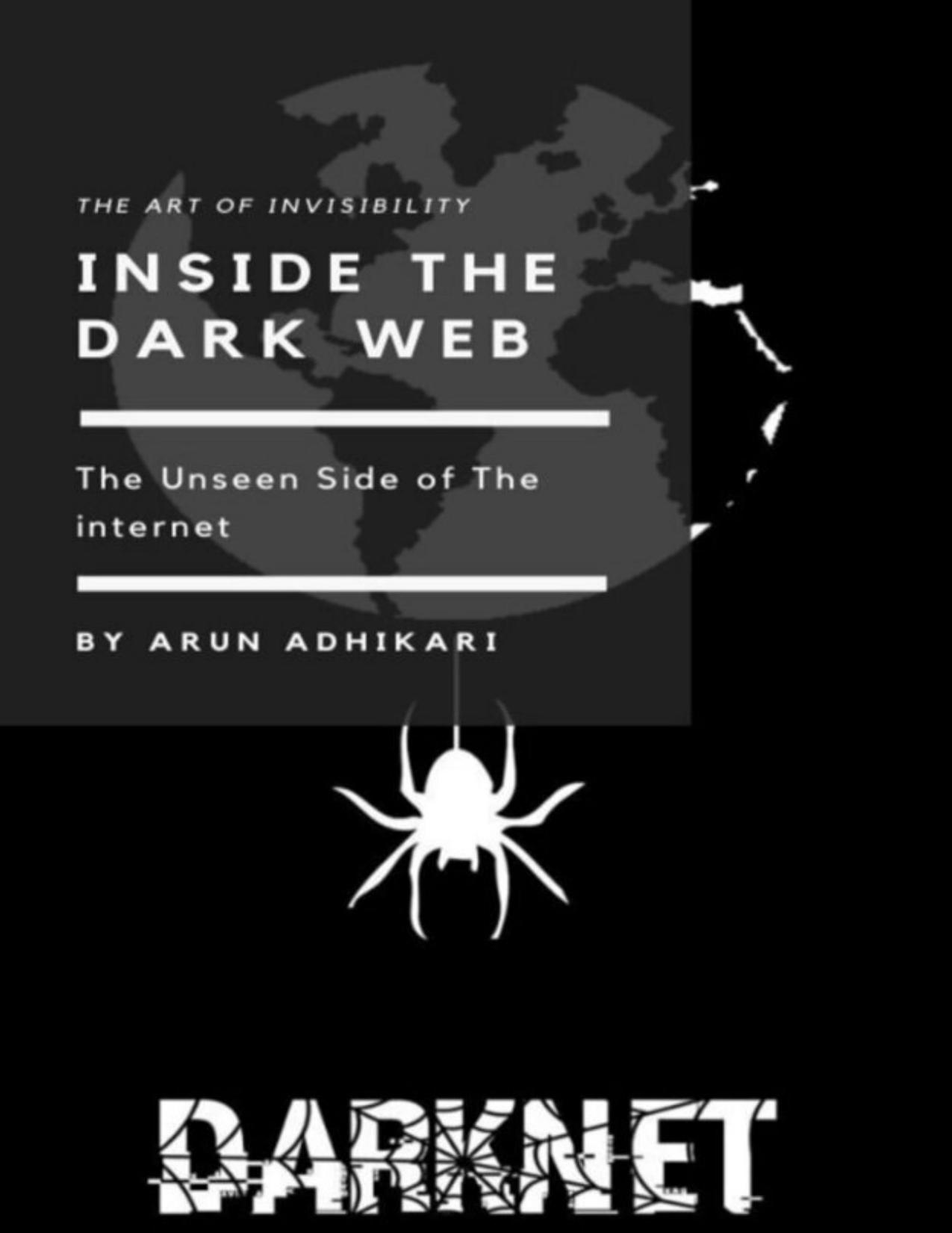Inside the Dark Web by Adhikari Arun

Author:Adhikari, Arun [Adhikari, Arun]
Language: eng
Format: epub, azw3, pdf
Publisher: Arun Adhikari
Published: 2021-03-23T16:00:00+00:00
Identified TOR-based C&Cs (2)
Another major malware family that uses the Deep Web is CryptoLocker. CryptoLocker refers to a ransomware variant that encrypts victimsâ personal documents before redirecting them to a site where they can pay to regain access to their files. CryptoLocker is also smart enough to automatically adjust the payment page to account for a victimâs local language and payment means. TorrentLockerâa CryptoLocker variantâmakes use of TOR to host payment sites in addition to employing Bitcoin as form of payment. It shows why the Deep Web appeals to cybercriminals who are willing to make their infrastructures more robust to possible takedowns. The following screenshots are payment pages that the Deep Web Analyzer captured. Both are rendered in different languages, giving us an idea of their intended victims and origin.
Cryptolocker C&C automatically formatted for a victim in Taiwan and Italy http://ndvgtf27xkhdvezr.onion
Breakdown by Victims and Countries
The following example is related to malware that steal confidential information. In our search methodology, we look for prevalent query-stringâs parameters in a short and recent time window â allowing us to identify new threats as soon as they appear in the Deep Web.
In this example, two parametersâxu and xdâexperienced a surge in popularity over the past week. Xu was associated with more than 1,700 distinct values consisting of binary blobs. Further investigation revealed that xu was used by NionSpy to leak stolen credentials (online banking, etc.) that are then captured by a keylogger and posted to a dropzone in the Deep Web. Xd, meanwhile, was used to register a new infection to the botnet. This registration included information like the victimâs machine name and OS version, communicated in form of a JSON string like the following:
[REDACTED]2xx.onion:80/si.php?xd={âf155â:âMACHINE IPâ,âf4336â:âMACHINE NAMEâ,âf7035â:â5.9.1.1â,âf1121â:âwindowsâ,âf6463â:ââ,âf2015â:â1â}
By counting the queries associated with the registration, we were able to build a profile of the number of new victims per day, along with the amount of data leaked.
Automated Analysis on Prevalent Query-String Parameters
Number of new Infections (and Leaked data, in bytes) per day.
Finally, worth to mention is a banking Trojan called Dyre that uses I2P as backup options for its C&C infrastructure â normally ran using DGA on the Clear Web. This malware acts as a BHO that MiTMs onlinebanking pages at browser-level. This allows the code to back-connect from the victim to the attacker (similar to a reverse-shell approach) with the goal of granting the attacker the access to the banking portal of its victims. Accordingly to DeWA, this malware campaign introduced, over the last 6 month, 2 new operating servers and currently the number of infected victims using I2P is increased.
Traffic to Dyreâs I2P infrastructure.
References:
[1] http://blog.trendmicro.com/trendlabs-security-intelligence/the-mysterious-mevade-malware/
[2] http://blog.trendmicro.com/trendlabs-security-intelligence/defending-against-tor-using-malwarepart-1/
[3] http://blog.trendmicro.com/trendlabs-security-intelligence/defending-against-tor-using-malwarepart-2/
[4] http://blog.trendmicro.com/trendlabs-security-intelligence/steganography-and-malware-why-andhow/
[5] http://4bpthx5z4e7n6gnb.onion/favicon.ico - Vawtrak / Neverquest C&C
[6] http://ndvgtf27xkhdvezr.onion - Cryptolocker C&C
Download
Inside the Dark Web by Adhikari Arun.azw3
Inside the Dark Web by Adhikari Arun.pdf
This site does not store any files on its server. We only index and link to content provided by other sites. Please contact the content providers to delete copyright contents if any and email us, we'll remove relevant links or contents immediately.
Grails in Action by Glen Smith Peter Ledbrook(9163)
Sass and Compass in Action by Wynn Netherland Nathan Weizenbaum Chris Eppstein Brandon Mathis(8808)
Azure Containers Explained by Wesley Haakman & Richard Hooper(7444)
Configuring Windows Server Hybrid Advanced Services Exam Ref AZ-801 by Chris Gill(7433)
Kotlin in Action by Dmitry Jemerov(7263)
Running Windows Containers on AWS by Marcio Morales(6985)
Microsoft 365 Identity and Services Exam Guide MS-100 by Aaron Guilmette(5402)
Microsoft Cybersecurity Architect Exam Ref SC-100 by Dwayne Natwick(5212)
Combating Crime on the Dark Web by Nearchos Nearchou(4982)
The Ruby Workshop by Akshat Paul Peter Philips Dániel Szabó and Cheyne Wallace(4671)
Management Strategies for the Cloud Revolution: How Cloud Computing Is Transforming Business and Why You Can't Afford to Be Left Behind by Charles Babcock(4527)
Python for Security and Networking - Third Edition by José Manuel Ortega(4233)
The Age of Surveillance Capitalism by Shoshana Zuboff(4209)
Learn Wireshark by Lisa Bock(4123)
The Ultimate Docker Container Book by Schenker Gabriel N.;(3888)
Learn Windows PowerShell in a Month of Lunches by Don Jones(3681)
DevSecOps in Practice with VMware Tanzu by Parth Pandit & Robert Hardt(3568)
Windows Ransomware Detection and Protection by Marius Sandbu(3543)
Blockchain Basics by Daniel Drescher(3507)
